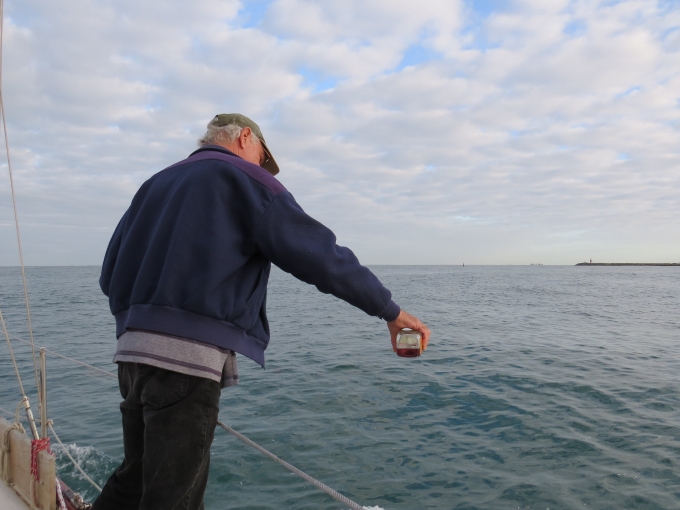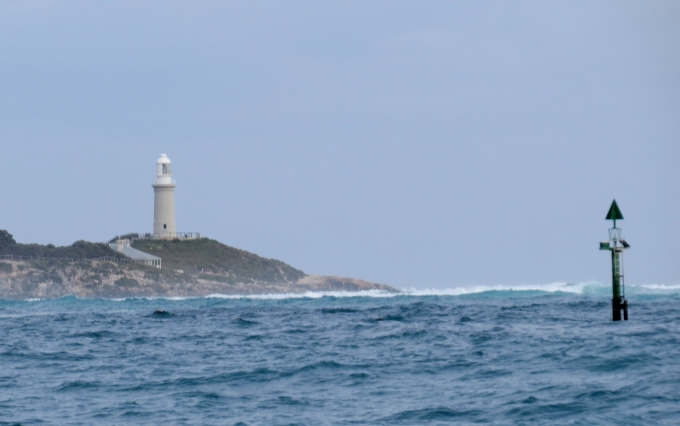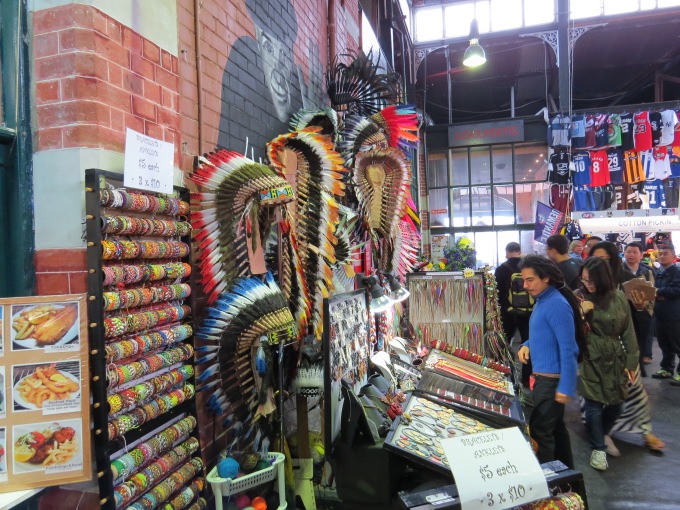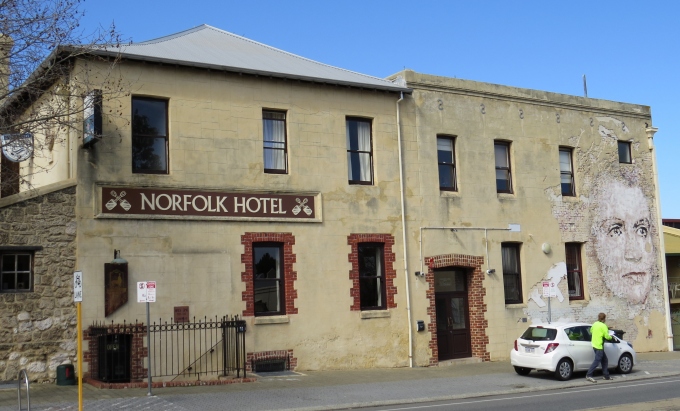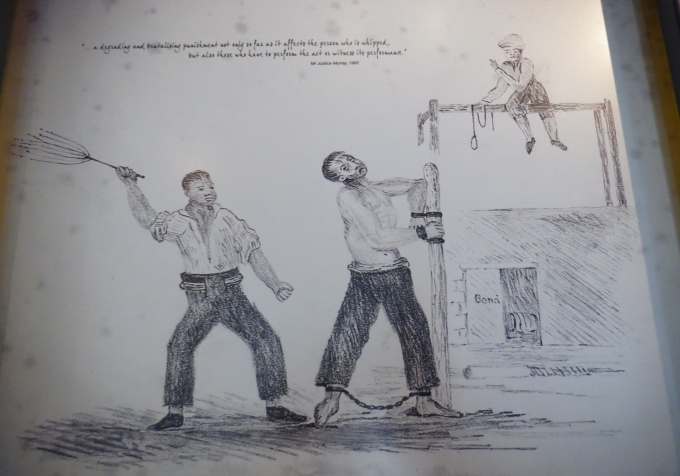Let a New Passage Begin
/A two-day pleasant weather window with light winds in the forecast and we were heading out of Fremantle to begin our new passage: Fremantle to Cape Town.
We've vacillated between just heading out and clawing our way north against the winds, waves and weather or perhaps just being patient and taking advantage of small weather windows, making our way north hopping from port to port as weather allows until we catch the easterly trades. No further discussion needed here, is there? David gave Neptune his requisite tot of rum and we pointed Nine of Cups west in the direction of Rottnest Island.
We not talking a big start to the voyage mileage-wise. Rottnest … Rotto to the locals... is only 10nm miles away. It's a small island, ~7 miles long (11km) by ~3 miles wide (4.5km) at its widest point, but it's been an Australian A-class nature reserve since 1917. The Aborigines lived here possibly as long as 70,000 years ago based on artifacts found and before rising sea levels separated the island from the mainland. It figures into Aboriginal mythology as Wadjemup, “place across the water.”
The Dutch were the first Europeans to note the island on their maps and visit. Rotte nest (meaning rat's nest) was named by the Dutch captain, Willem de Vlamingh who explored the island in 1696 and thought the endemic quokkas he saw were giant rats. The name stuck. As we approached Rottnest, we could see the island's two lighthouses from miles away. As we neared the island, Wadjemup Light dropped out of view and Bathurst, sitting sentry on the point, looked staid and solitary.
We arrived mid-morning and picked up a mooring. A northerly swell worked its way around the reefs and surged in to create a rolly anchorage. We launched the dink, headed into to shore and beached it in a designated area. We paid our landing and mooring fees at the Visitor's Center ($66 … ouch!), picked up our island map, checked out the times for free guided tours, then struck out to see what we could see.
Visiting the island has two sides … the historical and the natural. Rottnest offers a lot of history and we thought we'd start there. The island's inland salty lakes were used for salt harvesting and the pasture land for grazing since 1831, just two years after the Swan River Colony was founded. Beginning in 1888, the island became an Aboriginal prison until 1931. It also served as a boy's reformatory in the late 19th century and as an internment camp during WWI and WWII. Many of the buildings have been restored and several are available as visitors' lodgings. There's a row of iconic limestone houses along Vincent Way which line the shore at the main settlement at Thomson Bay.
The island is a fine place to wander. Other than a couple maintenance vehicles and a tourist bus, the only method of transport is by bicycle or on foot. We thought about renting a bike, but decided the walking would do us good. We visited the old Salt Store first, which, believe it or not, was used for storing salt. It now houses historical photos and island exhibitions.
We headed down the lane to the Lomas Cottage which was open to the public. Originally built in 1871 for prisoner, John Benedict Lomas, a scoundrel with a long record of law-breaking, it's a bit of a mystery as to why Lomas was afforded such treatment. Several folks have pondered it, but the official story is that “the government took pity on a poor old man”. Doesn't make sense when you consider how other prisoners were treated. This would make a good Rottnest Island mystery novel.
We strolled past numerous cottages and buildings over to the Rottnest Island Museum, housed in the Old Mill and Hay Store. Its three rooms are full of pieces of the island's history, flora and fauna. One room is dedicated to the Aboriginal prisoners who were incarcerated here. Another room contained memorabilia from those who lived here and subsequently the island's transition to a tourist destination. Interspersed was information about the island's native, non-human residents
The chapel across the street was simple and stark … small and serene as island chapels tend to be.
We walked to the cemetery and learned it was the European cemetery. A monument states there are only 13 identifiable graves at the site. We counted a total of 22 … mostly children. Many of the headstones are rough and have no inscription on them or the inscriptions have worn away.There is another cemetery on Rottnest that contains the bodies of around 350 Aboriginals. None of their graves are marked in any way.
There's a bit of touristy stuff mixed in with the history. A mini-golf course and a Country Club that offers 9 holes and a bowling green. You can rent bikes or kayaks or snorkels. There's a pub or two and hotels in addition to the historic cottages available. There are a number of small restaurants including a Subway and coffee shops. I bought a postcard in the General Store and was amazed to see a Ben & Jerry's free-standing freezer full of B&J's ice cream. There was David's favorite … New York Super Fudge Chunk for $13.99/pint. We paused for nanosecond and moved on.
It was time for our quokka tour … our primary reason for visiting Rottnest Island. Check back tomorrow for a look at Rottnest's most famous residents.



